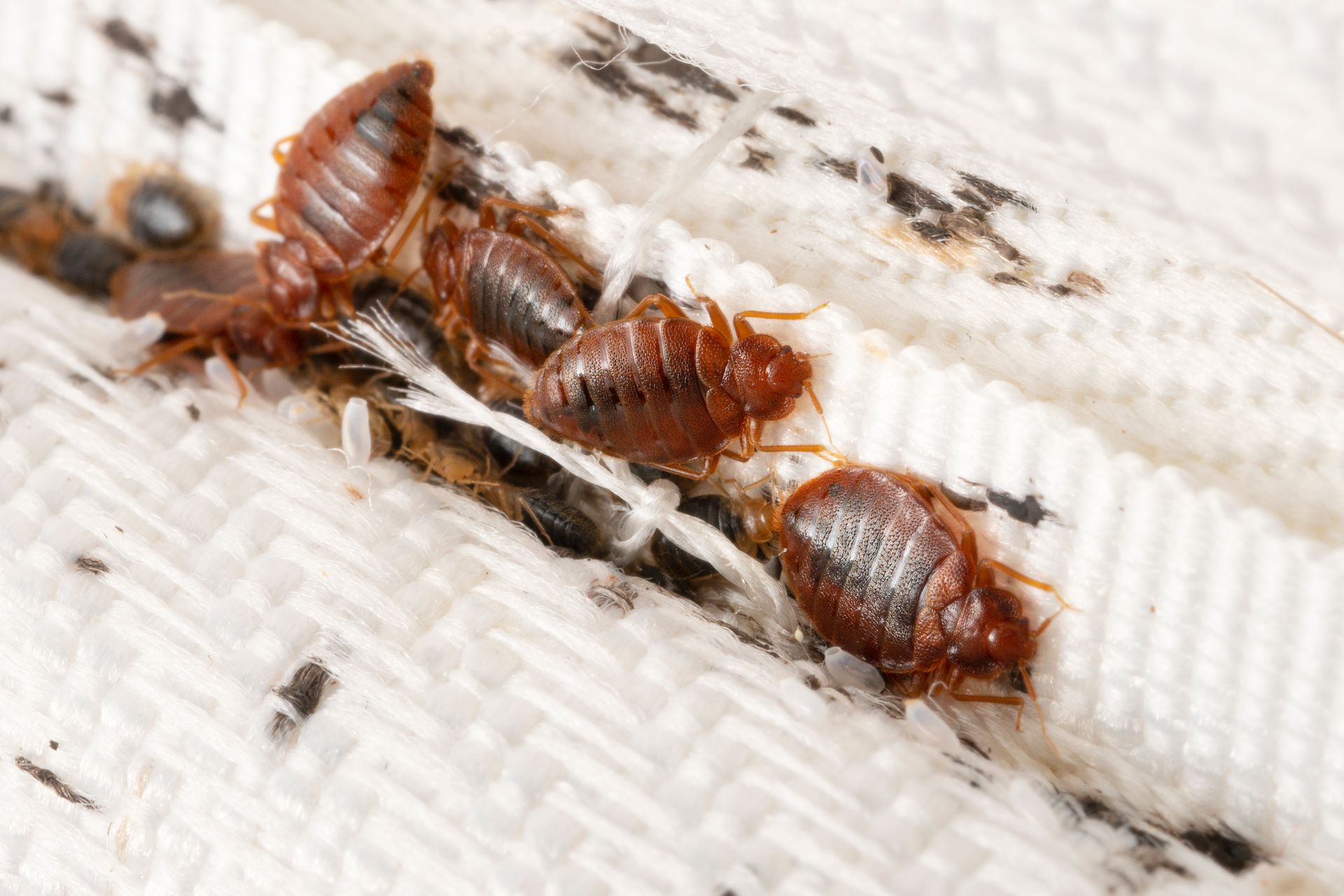Discover the Best Solutions with EZ Best Pest Control Chicago
Discover the Best Solutions with EZ Best Pest Control Chicago
Blog Article
The Ultimate Bed Bug Treatment Manual: Expert Insights and Recommendations
The pursuit for efficient bed bug therapy approaches has actually led to a plethora of advice and remedies, some more reputable than others. From understanding bed pest habits to executing prevention approaches and determining invasions, this comprehensive overview aims to equip readers with the expertise needed to tackle bed bug concerns successfully.

Recognizing Bed Pest Actions
Understanding the elaborate behavior patterns of bed bugs is essential for effective insect control techniques. Bed insects, clinically understood as Cimex lectularius, are small, reddish-brown parasitic insects that feed on the blood of humans and pets. These nighttime parasites are adept at hiding in fractures and gaps near their hosts' resting locations, making them challenging to discover and eliminate.

Effective Avoidance Techniques
One of the crucial avoidance strategies is to on a regular basis check and clean areas where bed pests can conceal, such as bed linen, furniture, and splits in wall surfaces. When buying pre-owned furniture or clothing, evaluating products completely before bringing them into the home is crucial in avoiding bed bug infestations. By including these preventive measures right into normal house regimens, individuals can considerably lower the chance of bed pest infestations.
Identifying Bed Insect Invasions
Upon entering a room thought of a bed insect infestation, one might discover small red or brownish areas on bedding or furniture, indicating the visibility of these insects. An additional usual indication of a bed pest infestation is the existence of molted exoskeletons shed by growing bed pests.
A mildewy smell in the space could additionally indicate the presence of bed insects, as these bugs release scents that lead to an unique smell. Checking cracks and holes in furniture, walls, and bed mattress seams may disclose real bed insects, which are reddish-brown, oval-shaped bugs about the dimension of an apple seed. Recognizing these signs is essential for very early discovery and effective treatment of bed insect invasions.
Suggested Therapy Approaches
Efficient bed bug treatment methods depend on a combination of detailed inspection, targeted extermination, and precautionary procedures to get rid of infestations efficiently. The very first step in dealing with bed bugs is a detailed assessment to establish the extent of the invasion. This commonly involves analyzing areas where bed insects are most likely to conceal, such as mattress seams, furniture joints, and electric outlets. As soon as the infestation is verified, targeted elimination methods can be utilized. Common approaches include utilizing insecticides, heat treatments, or cold methods to kill bed insects in all life phases. It is important to adhere to the directions offered by bug control professionals when making use of these techniques to ensure safety and security and performance.
Along with extermination, safety nets play a vital role in preventing future problems. This includes routinely cleansing and decluttering living areas, sealing fractures and holes where bed insects can hide, and using mattress coverings to safeguard versus infestations. By incorporating detailed assessment, targeted extermination, and safety nets, people can efficiently deal with bed insect invasions and maintain look at this site a bed bug-free setting.
Preserving a Bed Bug-Free Setting
After implementing efficient bed pest therapy techniques, keeping a bed bug-free environment needs regular vigilance and positive procedures to prevent future invasions. Encasing bed mattress and box springtimes with bed bug-proof covers can prevent any continuing to be bed pests from leaving or new ones from pest control near me infesting. Securing cracks and gaps in walls, furniture, and various other potential hiding spots can restrict bed pest movement and prevent invasions.
Conclusion

Report this page